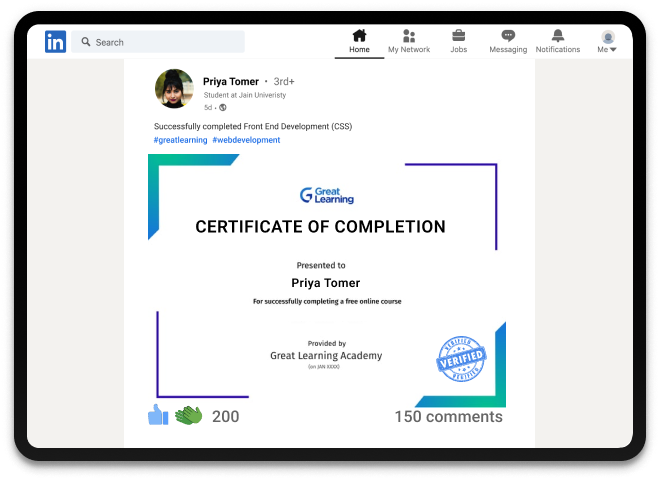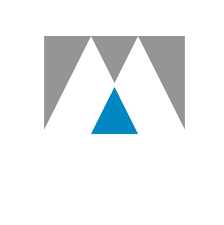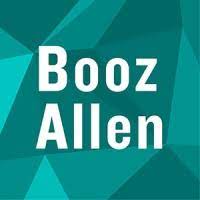Collections in Java
What you learn in Collections in Java ?
About this Free Certificate Course
In this video (Collection Framework in Java) we will discuss the most popular collection framework in Java and also cover the basics of Java that are required! So, if you’ve just finished learning the basics of Java. The question now is, what do you do now? How can you continue to keep developing your coding skills using Java? This video will answer each and every question that you may have on your mind. It will give you some inspiration and ideas about Java and its applications. In the future, you can get started working on a new Java project and apply the knowledge of Java you learned here on some advanced projects. In this tutorial, we will learn about what is collection framework, why do we use then, and in the end, we will cover an end to end project to cover all the concepts
Course Outline
This module will help you get briefly acquainted with Java and understand why it is generally known as cross-platform compatible and object-oriented.
A linked list is a linear type of data structure that comes in handy while solving complex problems. This module gives a brief on the linked list along with discussing its advantages, disadvantages, and applications. You also have a demonstration on a linked list with the help of a code example.
This module introduces you to the case study, where you will get an opportunity to apply your theoretical knowledge of Measures of Central Tendency to a practical scenario.
With this course, you get
Free lifetime access
Learn anytime, anywhere
Completion Certificate
Stand out to your professional network

2.5 Hours
of self-paced video lectures
Frequently Asked Questions
Will I get a certificate after completing this Collections in Java free course?
Yes, you will get a certificate of completion for Collections in Java after completing all the modules and cracking the assessment. The assessment tests your knowledge of the subject and badges your skills.
How much does this Collections in Java course cost?
It is an entirely free course from Great Learning Academy. Anyone interested in learning the basics of Collections in Java can get started with this course.
Is there any limit on how many times I can take this free course?
Once you enroll in the Collections in Java course, you have lifetime access to it. So, you can log in anytime and learn it for free online.
Can I sign up for multiple courses from Great Learning Academy at the same time?
Yes, you can enroll in as many courses as you want from Great Learning Academy. There is no limit to the number of courses you can enroll in at once, but since the courses offered by Great Learning Academy are free, we suggest you learn one by one to get the best out of the subject.
Why choose Great Learning Academy for this free Collections in Java course?
Great Learning Academy provides this Collections in Java course for free online. The course is self-paced and helps you understand various topics that fall under the subject with solved problems and demonstrated examples. The course is carefully designed, keeping in mind to cater to both beginners and professionals, and is delivered by subject experts. Great Learning is a global ed-tech platform dedicated to developing competent professionals. Great Learning Academy is an initiative by Great Learning that offers in-demand free online courses to help people advance in their jobs. More than 5 million learners from 140 countries have benefited from Great Learning Academy's free online courses with certificates. It is a one-stop place for all of a learner's goals.
Success stories
Can Great Learning Academy courses help your career? Our learners tell us how.And thousands more such success stories..
Related IT & Software Courses
Relevant Career Paths >
Other IT & Software tutorials for you
Collections in Java
Collection in Java is an essential aspect of the language and is used to store and manipulate data. It is a framework that provides several classes and interfaces to store, retrieve, manipulate and process data. Collection in Java stores data more efficiently than the basic data types.
The Collection framework is a unified architecture that represents and manipulates collections, enabling them to be manipulated independently of the underlying implementation. It is the foundation for all the data structures in Java. It provides many functional classes and interfaces for managing data. The collection framework is a powerful mechanism for managing data in Java. It provides several classes and interfaces to store, retrieve, manipulate and process data. There are two main types of collections in Java: List and Map.
The list is an ordered collection that allows duplicate elements, while Map is an unordered collection that doesn't allow duplicate elements. The Collection interface is the primary interface of the collection hierarchy and provides basic operations such as add, remove, contain, and size. The List interface is an ordered collection and extends the Collection interface. It provides additional operations such as indexing, search, and sorting. The Map interface is an unordered collection and provides methods for mapping keys to values.
The Collection framework provides a variety of implementations of the collection interfaces, such as ArrayList, LinkedList, HashSet, and TreeSet. These implementations provide different features and performance characteristics. The ArrayList is a resizable array that implements the List interface, and it is the best choice for storing and manipulating large amounts of data. The LinkedList is a doubly-linked list that implements the List interface, and it is the best choice for manipulating elements in the middle of the list. The HashSet is a hash table that implements the Set interface, and it is the best choice for storing and manipulating many unique elements. The TreeSet is a sorted set that implements the Set interface and is the best choice for manipulating many elements in order.
In conclusion, Collection in Java is an integral part of the language and is used to store and manipulate data. It provides a powerful mechanism for managing data, with various implementations of the collection interfaces. These implementations provide different features and performance characteristics and allow the programmer to choose the best option for their application.
A free course collection in Java is a comprehensive set of resources designed to help participants learn the programming language. It includes tutorials, materials, and other resources available to anyone with an internet connection. The courses are typically aimed at beginners with little or no prior knowledge of Java, although some of the more advanced courses can be useful to those with more experience.
A course generally covers the fundamentals of the language, such as syntax, data types, classes, and object-oriented programming. They also teach students how to use the development tools, such as the Java Development Kit (JDK), Eclipse IDE, and Ant. After mastering the basics, students can move on to more advanced topics, such as web applications, database integration, and mobile development.































